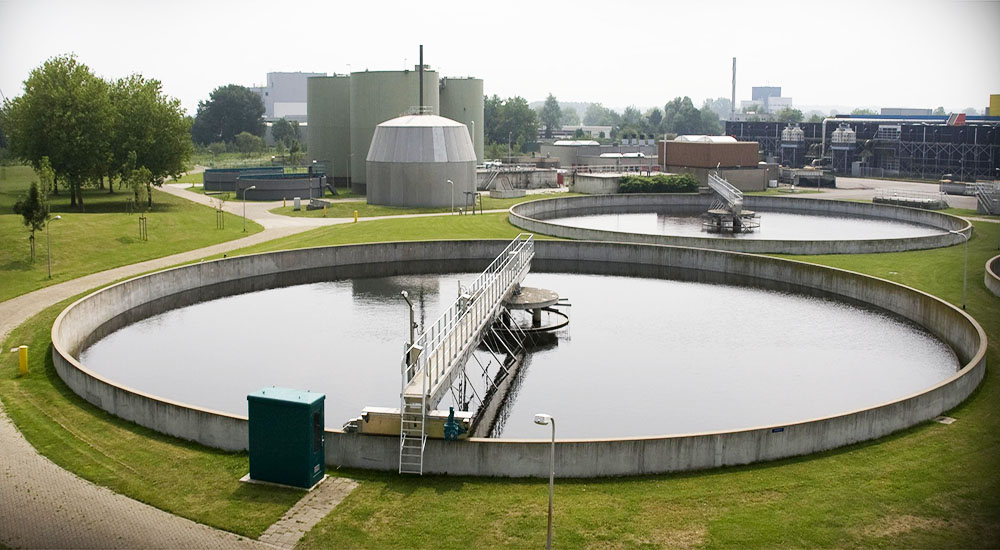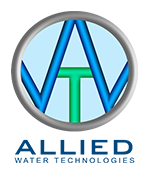
Sewage Treatment is the process that removes the majority of the contaminants from wastewater or sewage and produces both a liquid effluent suitable for disposal to the natural environment and a sludge. To be effective, sewage must be conveyed to a treatment plant by appropriate pipes and infrastructure and the process itself must be subject to regulations and controls. Other wastewater require often different and sometimes specialized treatment methods. At the simplest level treatment of sewage and most wastewater is through separation of solids from liquids, usually by settlement. By progressively converting dissolved material into solid, usually a biological flock and settling this out, an effluent stream of increasing purity is produced.
Description
Sewage is the liquid waste from toilets, baths, showers, kitchens, etc. that is disposed of via sewers. In many areas sewage also includes some liquid waste from industry and commerce. In many countries, the waste from toilets is termed foul waste, the waste from items such as basins, baths, and kitchens is termed silage water, and the industrial and commercial waste is termed trade waste. The division of household water drains into grey water and black water is becoming more common in the developed world, with grey water being permitted to be used for watering plants or recycled for flushing toilets. Much sewage also includes some surface water from roofs or hard-standing areas. Municipal wastewater therefore includes residential, commercial, and industrial liquid waste discharges, and may include storm water runoff.
The site where the process is conducted is called a sewage treatment plant. The flow scheme of a sewage treatment plant is generally the same for all countries
- Mechanical Treatment
- Influx (Influent)
- Removal of large objects
- Removal of sand
- Pre-precipitation
2. Biological Treatment
- Oxidation bed (oxidizing bed) or Aerated systems
Post precipitation
